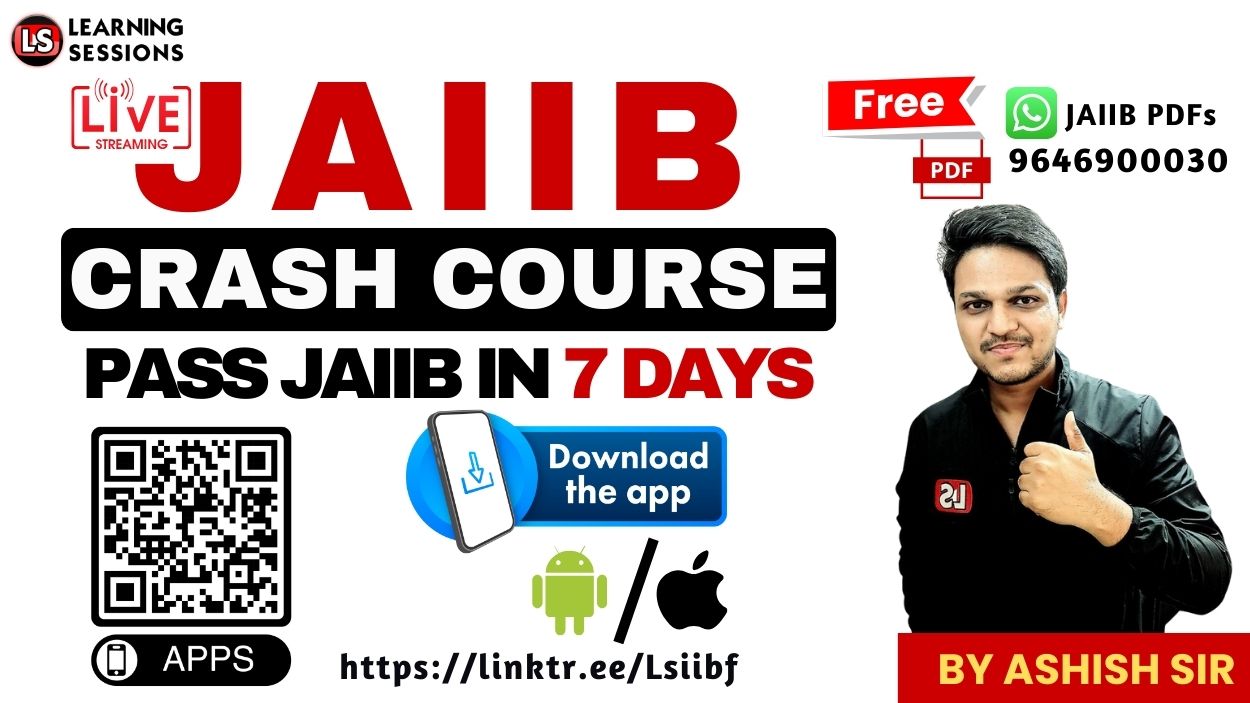Ever wondered what drives the global economy? Why stock prices soar one day and tumble the next? Or how large corporations manage to raise billions for expansion? The answer to all of this lies in the Capital Market—a powerful financial engine that fuels growth, investment, and innovation across the world.
Capital markets serve as the cornerstone of modern economies. They are vital platforms where savings and investments intersect. By channeling funds from investors to businesses and governments, capital markets facilitate economic development, job creation, and technological advancement. Whether you’re a banking professional, CAIIB aspirant, finance student, or a curious learner, understanding the inner workings of capital markets is essential in today’s fast-evolving financial landscape.
In this blog post, we’ll uncover the entire architecture of the capital market, covering its meaning, structure, instruments, and global frameworks like GDRs, ADRs, ECBs, and more. We’ll also look at the role of regulators like SEBI, RBI, and FEMA in shaping this ecosystem. Don’t forget to watch the full YouTube video embedded below and drop your questions or experiences in the comments.
👉 Before We Dive In, Watch This Video for a Complete Breakdown:
📌 What is Capital Market?
Capital markets are segments of financial markets where long-term instruments such as equity and debt are bought and sold. They play a pivotal role in economic development by channeling savings into productive investments.
- Primary Market: Where new securities are created and sold for the first time (e.g., IPOs).
- Secondary Market: Where previously issued securities are traded among investors (e.g., NSE, BSE).
Key Objectives:
- Mobilization of long-term savings
- Capital formation and productive investment
- Improved liquidity for securities
- Efficient price discovery and resource allocation
🏦 Primary Market: Gateway to Capital Creation
This is where companies raise capital directly from investors to fund operations, expansion, or reduce debt. It involves several mechanisms:
1. Initial Public Offer (IPO)
Companies offer shares to the public for the first time. This helps them get listed on stock exchanges, gain access to public funds, and improve visibility.
2. Follow-on Public Offer (FPO)
Already-listed companies raise more capital through an additional issue of shares.
3. Rights Issue
Existing shareholders are offered additional shares at a discounted price to maintain control within the current investor group.
4. Private Placement
Securities are sold to a select group of investors, often with fewer regulatory requirements and quicker turnaround times.
🔁 Secondary Market: The Trading Platform
Once securities are issued in the primary market, they are traded in the secondary market, offering liquidity and real-time price discovery.
Features:
- Highly liquid and regulated environment
- Facilitates continuous buying and selling
- Promotes investor confidence
Participants Include:
- Retail and institutional investors
- Stock brokers and traders
- Mutual Funds and FII/FPIs
Important Terms:
- Sensex: 30 leading companies on BSE
- Nifty: 50 diversified companies on NSE
- Trading: Short-term buy/sell activities
- Investing: Long-term value generation
📈 Capital Market Instruments
1. Equity Shares
Offer ownership in a company and carry voting rights. Returns are in the form of dividends and capital appreciation.
2. Preference Shares
Entitled to fixed dividends and priority over equity holders in capital repayment, but typically no voting rights.
3. Debentures
Debt instruments with fixed interest returns. May be secured (against assets) or unsecured.
4. Government Securities (G-Secs)
Issued by RBI, these are long-term risk-free investment tools suitable for conservative investors.
🌍 Global Instruments: GDRs, ADRs, IDRs
These instruments allow companies to tap international capital markets and expand their investor base.
- GDRs: Listed in Europe/Asia; denominated in USD
- ADRs: Traded in U.S. markets for foreign companies
- IDRs: Foreign companies listing in India via INR-denominated instruments
[FREE PDF] TIRM Paper 1 | Chapter 2 | Money Market MCQs | IIBF Certification
🌐 External Commercial Borrowings (ECBs)
Indian companies borrow in foreign currency for specified purposes under RBI’s ECB framework. Categories:
- Track I: Medium-term foreign currency borrowings for infrastructure/manufacturing
- Track II: Long-term borrowings
- Track III: INR-denominated borrowings like Masala Bonds
All-in-cost ceilings, end-use restrictions, and lender eligibility are strictly regulated under FEMA.
💰 FCCBs & FCEBs
FCCBs: Bonds issued in foreign currency with convertible features. Ideal for startups and growth-stage companies.
FCEBs: Can be converted into shares of a group company, useful for complex holding structures.
💡 Masala Bonds
Issued outside India but in INR, protecting issuers from currency risk. They attract NRIs and foreign investors looking to gain from India’s growth story.
🔎 Regulatory Bodies
- SEBI: Protects investors and promotes transparency
- RBI: Regulates monetary policy, ECBs, forex inflow
- FEMA: Governs cross-border financial transactions
🔁 Conversion to Equity
Many debt instruments like FCCBs include clauses for conversion into equity based on predefined terms and market performance. These provisions are critical for investor exit options and company capitalization flexibility.
✅ Summary Table
| Instrument | Currency | Traded In | Conversion | Issued By |
|---|---|---|---|---|
| Equity Shares | INR | NSE/BSE | No | Indian Companies |
| GDR | USD | Europe/Asia | Yes | Indian Companies |
| ADR | USD | US Markets | Yes | Indian Companies |
| IDR | INR | India | No | Foreign Companies |
| FCCB | Foreign | Abroad | Yes | Indian Companies |
| FCEB | Foreign | Abroad | Yes (Group Co.) | Indian Companies |
| ECB | Foreign/INR | NA | Optional | Indian Companies |
| Masala Bonds | INR | Abroad | No | Indian Companies |
🧠 Conclusion
Capital markets are fundamental to any economy. They support business expansion, infrastructure development, and innovation. Whether you’re preparing for banking exams or enhancing your financial literacy, understanding capital markets equips you with vital skills for growth.
Keep exploring, stay curious, and never stop learning. If you enjoyed this post or have questions, drop them in the comments below!
📥 Download PDF
Click here to download Full PDF
Also Like:







